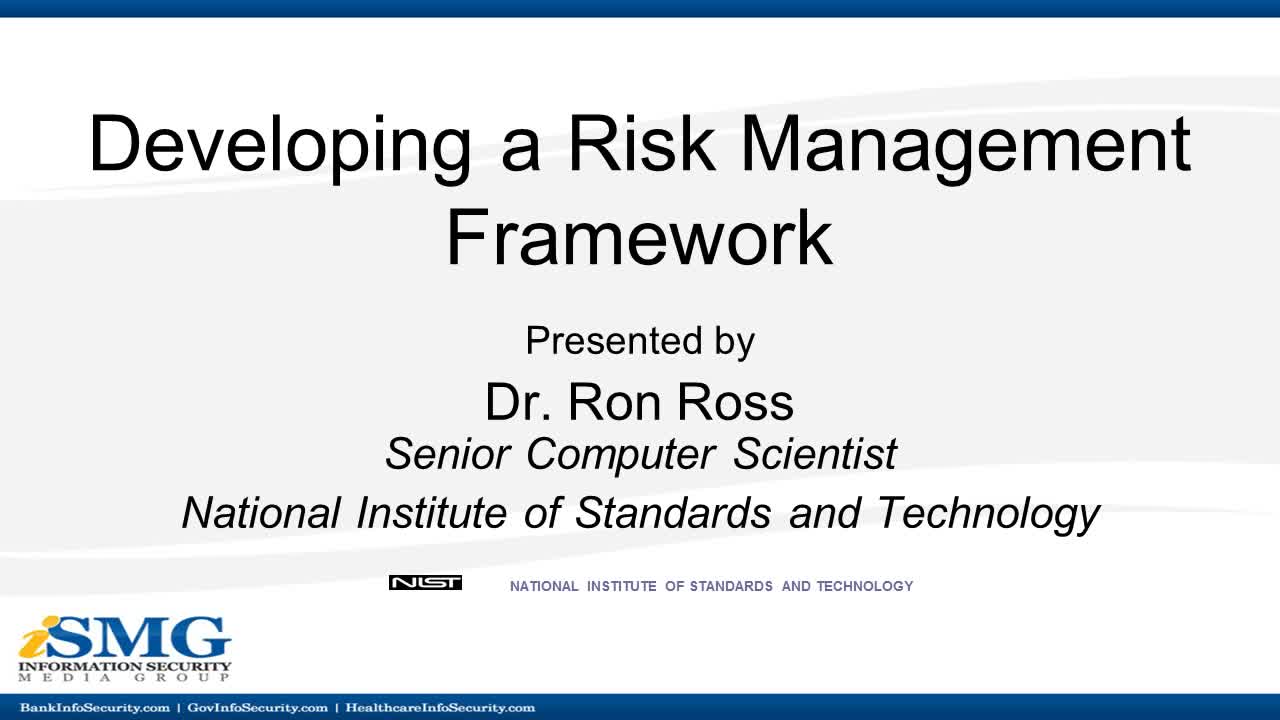How Meta’s Policy Change Could Reshape AI in Military Applications
The landscape of artificial intelligence has long been a battlefield of ethics and innovation, and Meta’s recent shift in policy opens a new chapter in this complex narrative. Just recently, Meta announced a revision to its long-standing prohibition against military use of its advanced AI model, Llama. This marks a significant pivot, permitting U.S. national security agencies and defense contractors to utilize this large language model.
Collaborations with Defense Giants
In its announcement, Meta made it clear that it is collaborating with notable defense contractors such as Lockheed Martin and Booz Allen Hamilton, alongside defense tech firms like Palantir and Anduril. Additionally, it’s engaging cloud providers such as Amazon Web Services and Snowflake. This strategic alignment suggests a broader intention to integrate advanced AI into national security frameworks, but it raises pressing questions about the ethical implications and potential risks involved.
 The intersection of AI and defense strategies is becoming increasingly significant.
The intersection of AI and defense strategies is becoming increasingly significant.
While Meta has restricted the Llama model from being deployed in warfare, nuclear industries, or related applications, we must ponder whether these boundaries can remain watertight. Historical precedents reveal instances where technology initially designed for peaceful purposes has been repurposed for destructive ends.
Ethical Dilemmas and National Interest
Nick Clegg, Meta’s President of Global Affairs, emphasizes a commitment to “responsible and ethical uses” of AI, stating that the goal is to bolster safety, security, and economic growth for the U.S. and its allies. However, the ramifications of this policy revision could foster an environment where AI technology might be used in questionable ways. As someone who has closely observed the balance between national security and public welfare, it is concerning to see such powerful tools being handed over to military organizations, which are often seen as being less focused on ethical considerations.
A pivotal moment is anticipated, especially in light of reports regarding Chinese government-affiliated researchers allegedly utilizing Llama for military software development. Although Meta asserts that its AI was not authorized for such exploitation, the incident underscores how delicate and contentious the issue of AI governance can be.
Public Access as a Safety Angle
Meta contends that enhancing public access to AI code—following their new operational guidelines—will ultimately lead to greater safety. This assertion seems dichotomous when viewed against the backdrop of OpenAI and Google’s approaches. Both firms maintain stringent safeguards, arguing that their models possess capabilities too potent to be unrestricted. As I sift through these various assertions, it prompts a fundamental question: Can transparency coexist with security?
Clegg reiterates that the Llama model could become a linchpin for maintaining a technological edge over adversarial nations, an argument that plays well within the narrative of national security. We must assess whether this rationale justifies the potential risks involved.
Diverging Paths in AI Governance
With the Biden administration’s recent national security memorandum outlining AI adoption guidance, we’re witnessing a burgeoning recognition of AI’s critical role in defense. It is heartening to see this acknowledgment at high levels of government, yet it brings to the fore the inconsistency in how AI capabilities are managed across different organizations.
While Meta’s collaboration with military entities aims to enhance security, it is crucial that we advocate for clear ethical frameworks in AI applications to avert misuse. If unchecked, the technological arms race sparked by AI innovations could lead to a darker future. Isn’t it essential for us, as stewards of technology, to ensure that our advances support humanity rather than threaten it?
 The future of AI hangs in the balance as policies shift.
The future of AI hangs in the balance as policies shift.
In conclusion, while the evolving landscape invites excitement, we must temper our enthusiasm with caution. The utilization of advanced AI models like Llama by defense contractors could foster significant advancements, yet they also bring with them a host of ethical and security challenges. Moving forward, as citizens and stakeholders in this technological evolution, it is our responsibility to demand transparency and advocate for frameworks that prioritize ethical uses of AI.


 Photo by
Photo by 












